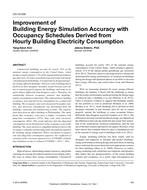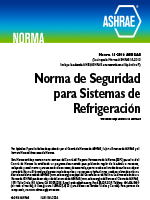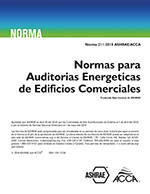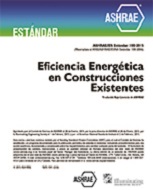Description
Commercial buildings account for nearly 18% of the national energy consumption in the United States, which produces approximately 12% of the annual global greenhouse gas emissions.To reduce greenhouse gas emissions and energy consumption frombuildings, it is important to design and operate energy-efficient buildings. However, some buildings fail to perform as their designers intended, in part because users do not or cannot properly operate the buildings, and some occupants behave differently than designers expect. Therefore, the relationship between occupancy patterns and buildings’ energy consumption is important. This study analyzes building occupancy rates and electricity consumption in a commercial building. The occupancy rates were measured by people counters, and electrical consumption was determined from the building’s metering and submetering systems. The analysis used data from an office building in Philadelphia. This study found that occupancy rates have a higher correlation with plug-load consumption (87%) than with total electricity consumption (56%). This result indicates that the plug-load consumption can be the indicator of the occupancy rates in the building. This study presents a simplified method to derive the occupancy schedules and the plug-load consumption equation for building energy simulation. With a calculated occupancy rate and plug-load consumption equation, the coefficient of variation of the root mean squared error (CVRMSE) of building simulation results is reduced (CVRMSE = 48% to 4%).
Citation: ASHRAE Transactions – Volume 121, Part 1, Chicago, IL
Product Details
- Published:
- 2015
- Number of Pages:
- 8
- File Size:
- 1 file , 2.9 MB
- Product Code(s):
- D-CH-15-030




